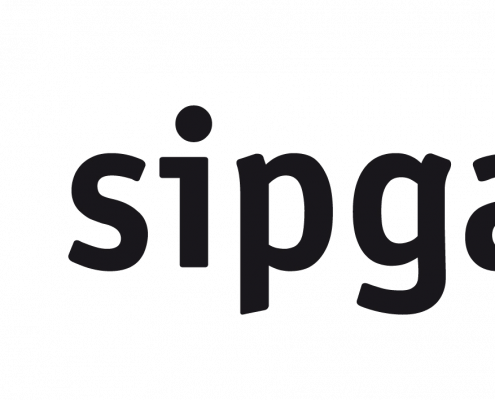
CISCO CUBE SIP DEBUGS
CUBE
How to capture SIP traffic on a router
monitor capture
[crayon-68756cb5e148a162903926/]

CISCO IOS and IOS-XE Call Routing
CUBE
In Depth Explanation of Cisco IOS and IOS-XE Call Routing
Source: https://www.cisco.com
Updated:June 13, 2017
Document ID:211306
Contents
Introduction
Prerequisites
Requirements
Components…

CISCO CUBE SIP DEBUGS
CUBE
Source: supportforums.cisco.com
Muthurani Lavanya Paneerselvam
Introduction
This document covers the overview of SIP debugging commands which are helpful while examining the status of…

CISCO CUBE SIP TRACES
CUBEsource: supportforums.cisco.com
Ayodeji Okanlawon
SIP traces provide key information in troubleshooting SIP Trunks, SIP endpoints and other SIP related issues. Even though these traces are in clear text, these texts…

CISCO CUBE SipGate
CUBE1. Cisco Unified Border Element with Support for Multi-VRF
Cisco Unified Border Element Configuration Guide
2. SIPGATE
To let you CUBE register with SIPGATE for incoming calls, you need to ensure that the sip-ua, retry invite is 2 else…
